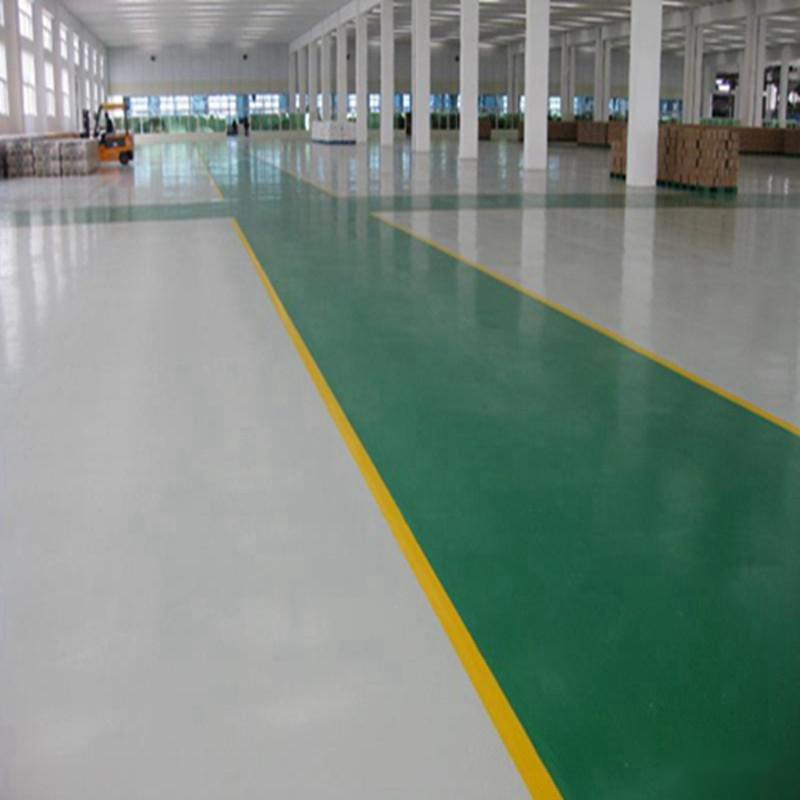After applying epoxy floor paint, bubbles appeared after a period of use. What causes this phenomenon? How can we prevent epoxy floor paint from bubbling?
To avoid blistering of the epoxy layer, three things must be eliminated during the application of epoxy floor paint: moisture, direct sunlight, and dust or debris.
1, Apply a waterproof layer on the ground base to prevent moisture from penetrating upwards. Strictly control the moisture content in the base or waterproof layer to be within 8%, with a compressive strength greater than 20MPa, before proceeding with the epoxy floor paint application.
2, The base or waterproof layer must be cleaned of dust and debris before application. There should be no gaps between the epoxy layer and the base or waterproof layer after construction.
3, During the application of the epoxy layer, choose high-quality materials for the primer:
① Allow a part of the epoxy to penetrate into the base or waterproof layer to form an integral structure;
② Enhance adhesion, leaving minimal residue or chemical gases after curing.
4, Strengthen the adhesion between the epoxy layer and the base or waterproof layer to prevent the swelling force that occurs at the onset of blistering.
5, After completing the application of epoxy floor paint, avoid exposure to direct sunlight to reduce temperature differences between the surface and interior of the epoxy layer.
6, After the epoxy floor paint is finished, proper maintenance during use is necessary to better avoid issues.













